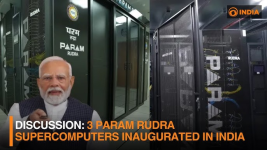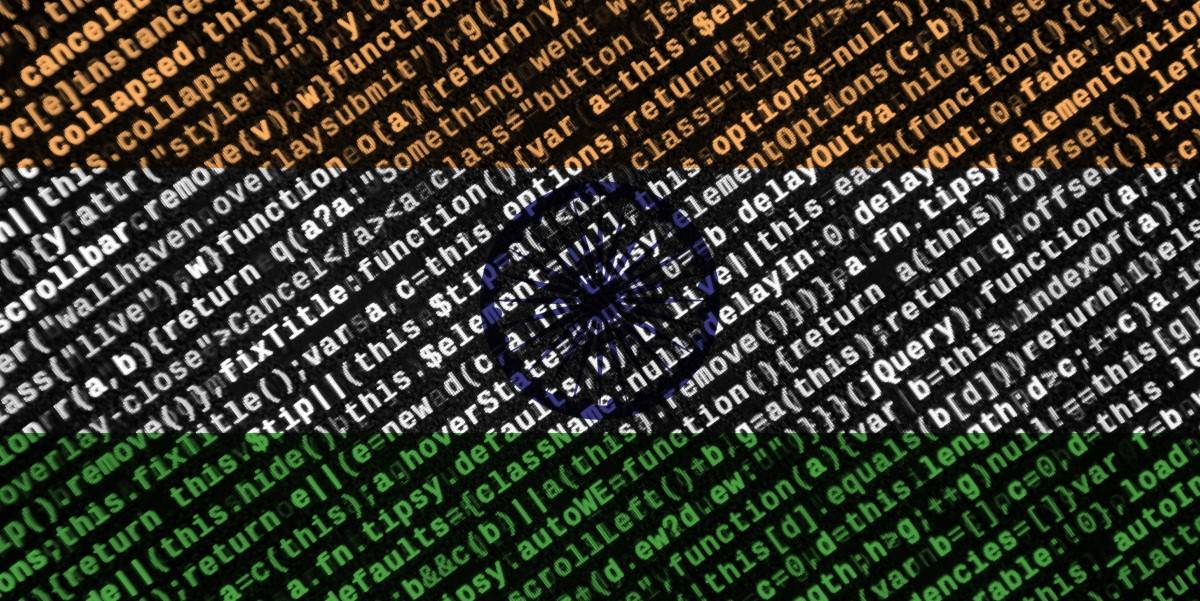
Prime Minister Narendra Modi recently launched three new Param Rudra Supercomputers, along with a High-Performance Computing (HPC) system, aimed at advancing research in weather and climate studies. The launch took place virtually, and PM Modi urged young people to take part in the event.
The Param Rudra supercomputers are developed as part of the National Supercomputing Mission (NSM), which is designed to make India self-reliant in supercomputing technology. These systems are built to boost the country’s scientific research capabilities in various fields. The government invested around ₹130 crore to develop these three supercomputers, with the aim of positioning India as a leader in advanced research and technology.
These supercomputers have been set up in three important locations. In Delhi, the supercomputer is installed at the Inter-University Accelerator Centre (IUAC), where it will support research in material science and atomic physics. In Pune, it will be used alongside the Giant Metre Radio Telescope (GMRT) to study cosmic events like Fast Radio Bursts (FRBs) and other astronomical phenomena. In Kolkata, the system is housed at the S N Bose Centre and will be used to advance research in physics, cosmology, and earth sciences.
This launch is part of a larger effort to enhance India's technological infrastructure and scientific research. The supercomputers will play a key role in helping researchers make breakthroughs in areas like space science, climate studies, and physics. By strengthening its supercomputing capabilities, India aims to meet the growing demand for advanced technology in fields like academia, research, and industries, including startups. The National Supercomputing Mission first gained attention in 2019 with the launch of PARAM Shivay, India's first home-built supercomputer, installed at IIT (BHU).



